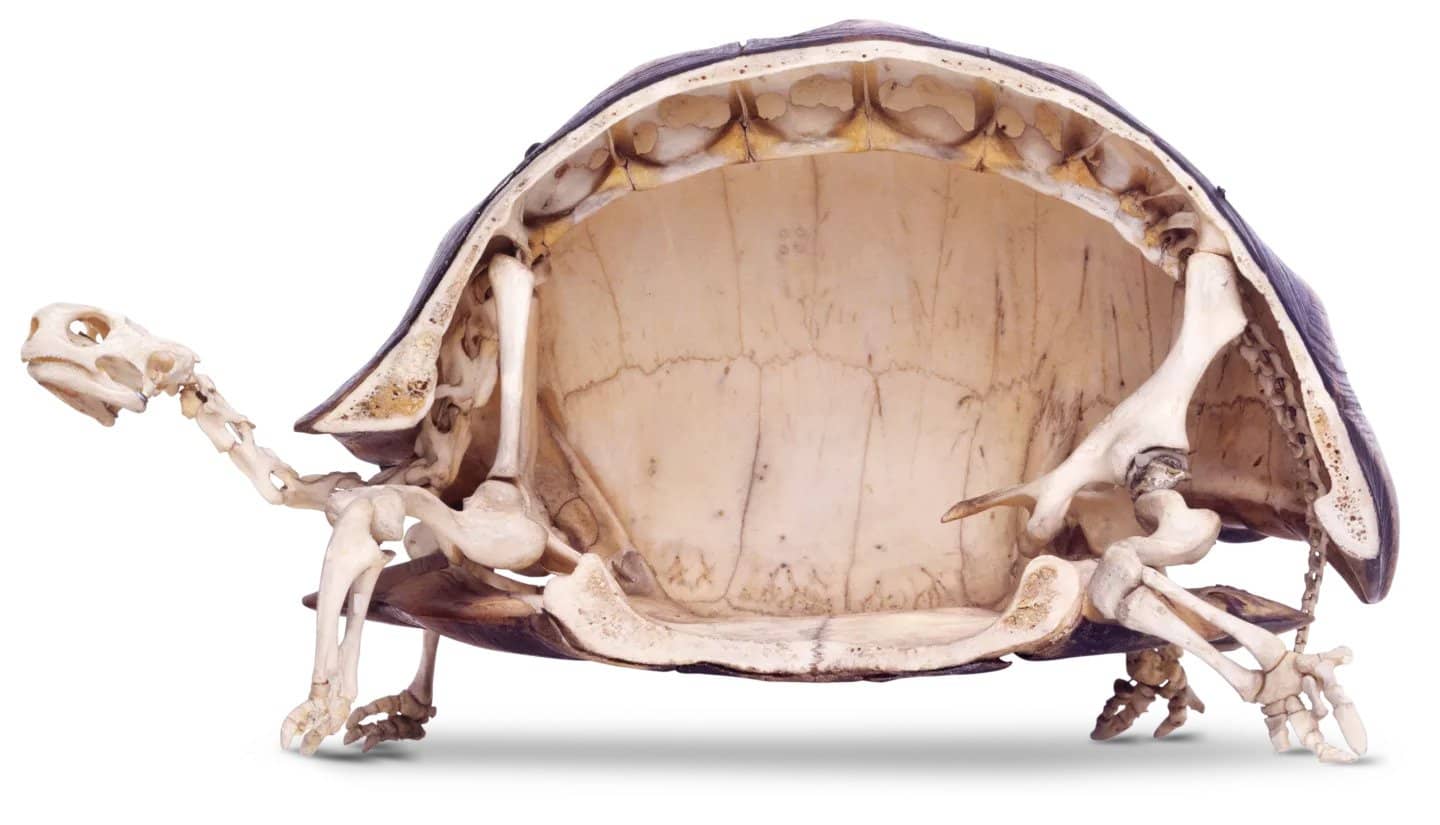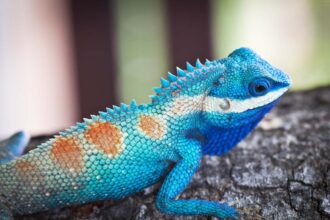Can a turtle live without its shell? If you’ve ever questioned whether a turtle can survive without its shell, the straightforward answer is no, and here’s why. A turtle’s shell functions as its protective armor against predators. It’s not unusual to observe a pet turtle withdrawing its head, legs, and tail into its shell when threatened, a defense mechanism turtles naturally use in the wild.
Can a turtle live without its shell?
Turtles, known for their quiet demeanor, have shells, made from bone and connected to their spine, covering their bodies. The United States boasts over 50 species of freshwater and land-dwelling turtles, predominantly in the southern region due to its warmer climate. To help you understand more, we’ve compiled answers to several frequently asked questions about turtles and their shells.
Given the integral nature of a turtle’s shell to its body structure and survival, can a turtle live without its shell?
The reason why turtles are never seen without their shells is that their survival depends on it, given that the shell is an integral part of the animal’s body structure. If you were to envision a turtle devoid of its shell, what would remain would likely be an unrecognizable red, squishy heap constituting the turtle’s lungs, located just beneath the shell. Below the lungs would be the rest of the organs. The chances of such a turtle surviving are virtually non-existent, so bear in mind that this description is purely hypothetical.
What happens if a turtle’s shell is damaged?
A turtle can lose part of its shell due to an accident or a predator attack. The extent of the damage dictates the turtle’s fate. If the damage is severe, the turtle may die swiftly. However, smaller cracks or less significant damages could potentially heal or be treated surgically by a veterinarian.
How do turtles damage their shells?
As previously stated, turtles’ shells can get damaged during accidents or due to predator attacks. For instance, a turtle crossing a busy road can get hit by a car, resulting in its shell getting partially detached. Similarly, when attacked by a predator like a fox, the predator might pry the shell off to get to the turtle’s flesh hidden beneath.
Can a turtle live without its shell or take it off?
It’s essential to understand that turtles cannot remove their shells under any circumstances! The shell isn’t a detachable object that a turtle can put on and off; instead, it is fused to the turtle’s skeleton. Unlike a hermit crab that can discard its shell when it becomes too small and find a larger one, turtles remain with the same shell throughout their lifetime.
Do Turtles feel pain in their shell?
A common misconception is that due to their tough exterior, turtles are impervious to any sensations through their shells. Contrarily, turtles do feel sensations through their shells, including being petted, scratched, or tapped, as their shells contain nerve endings making them sensitive to pain. It is crucial to handle turtles carefully due to their shell’s sensitivity. If you own a pet turtle, ensure that you handle it gently to avoid causing it any discomfort.
Curious about what’s inside a turtle shell?
- Playing with turtles or tortoises during childhood was always fascinating, especially when these creatures retracted their head and legs into their shells upon our touch. This behavior made turtles and tortoises subjects of intrigue and spurred our curiosity about their shells and their origin.
- The scientific community shares this curiosity, having extensively studied turtle shells and their impact on these creatures’ lives. While it is evident that the shell serves as a form of protection, many of its aspects remain unknown.
- The development of the shell during the evolution cycle of these creatures is still unclear, posing a question that has baffled scientists for years. However, one certainty is that the shell plays a crucial role in a turtle’s survival in the wild.
- Our world is rife with animal mysteries that humans are yet to unravel. Countless creatures inhabit deep forests and unexplored ocean depths, some exhibiting unique properties and characteristics that continue to perplex us. Despite the substantial strides made in our understanding of the world, much remains to be learned.
- Among these mysteries are turtles and their shells. Deemed as some of the least threatening creatures globally, turtles and tortoises are known for their longevity, with larger species reputed to live up to 200 years.
- The slow-paced lifestyle, protective shells, and adaptive capabilities of these creatures make them excellent survivors. Even with numerous predators, turtles have evolved effective survival strategies over their 100-million-year existence on earth.
Understanding Turtles and Their Shells
The shell on a turtle’s body is a unique characteristic that distinguishes them from the rest of the animal kingdom, making them recognizable and easy to identify.
Without their shells, turtles, often viewed as some of the least dangerous creatures in the world, would be left highly vulnerable to attacks, raising the belief that they cannot survive without them.
However, this wasn’t always the case. While it’s believed that all turtle species possess a shell, this feature has evolved over time. It’s noted that not all turtles had shells during the early stages of their evolutionary cycle. This unique feature, which now serves as protection and home, developed as they evolved.
Before delving into the evolutionary journey of turtles, it’s important first to understand the current state of their shells, how different species have varied shell types, the purposes these shells serve for turtles, and why their survival depends on them.
Can a turtle live without its shell? Understand why not
Turtles are delicate creatures. They’re slow-moving and their primary defense mechanism is the sturdy turtle shell they’re born with.
That’s precisely why shells are vital for both sea turtles and tortoise species’ survival. The primary reason why turtles cannot exist without their shells is that the shell is an integral part of their body.
Interesting Fact:
The Leatherback sea turtle, also referred to as the lute turtle, leathery turtle, or simply the luth, is the largest of all living turtles and the heaviest non-crocodilian reptile. It can reach lengths of up to 2 meters and weights of 600 kg.
How does a turtle appear without its shell?
Shells are constructed from their bones, specifically fused ribs and backbone, and hold their bodies together. Internally, a turtle’s body has a soft, jelly-like consistency.
Absent the shell, turtles would be vulnerable to various types of attacks and environmental damages.
Related post: kidney diet for dogs homemade












